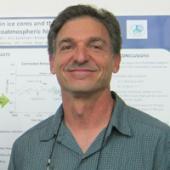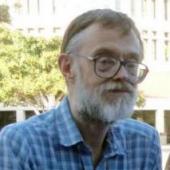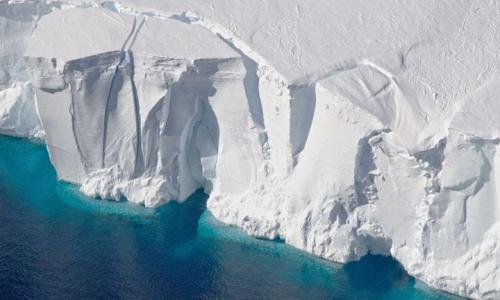Atmospheric Composition: Chemistry, Climate, and Air Pollution
The atmosphere collects gases and aerosol particles injected directly by human activities and industry, wildfires, lightning, terrestrial plants and soils, and the oceans. These gases and aerosols are transformed through photochemistry, clouds and convection, large-scale transport and interactions with the land surface and ocean. The resulting atmosphere contains the mix of greenhouse gases and aerosols that drives climate as well as air pollution that directly harms human and natural systems. ESS researchers study the atmosphere using combinations of field and satellite observations, laboratory experiments, and numerical models. This improved scientific understanding of atmospheric composition, and how it might evolve in the 21st century, supports adaptation and policy planning regarding climate change and air quality.
Production, emissions, and atmospheric chemistry of oceanic trace gases
Simulation of the physical, chemical and biological processes that determine atmospheric composition and development of numerical models of photochemistry and atmospheric radiation
How biosphere-atmosphere-human interactions are affecting tropospheric oxidation capacity
Investigating biosphere-atmosphere interactions on scales of individual cells to the whole earth system to improve predictions of biogeochemical fluxes, atmospheric composition, air pollution, climate and ecosystem health.
Improves realism of physical processes (albedo, emissivity, snow, firn, aerosols) for climate prediction, and develops high performance data analysis software
Investigate why the 14C age of marine dissolved organic carbon (DOC) is thousands of years old, despite evidence that most of it is produced in the surface ocean during photosynthesis
Combines field observation with geochemical analyses to understand how climate and anthropogenic activities impact carbon cycling and storage in (Arctic) land ecosystems, air pollution, and the global carbon cycle.
Radiocarbon (14C) measurements to support C cycle research.









